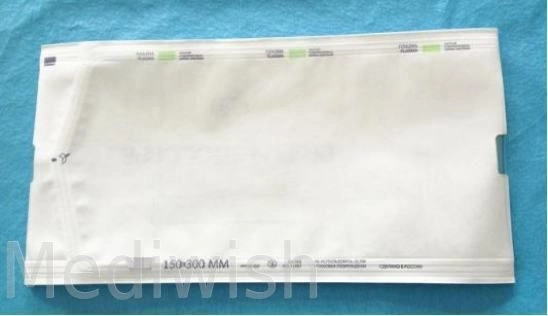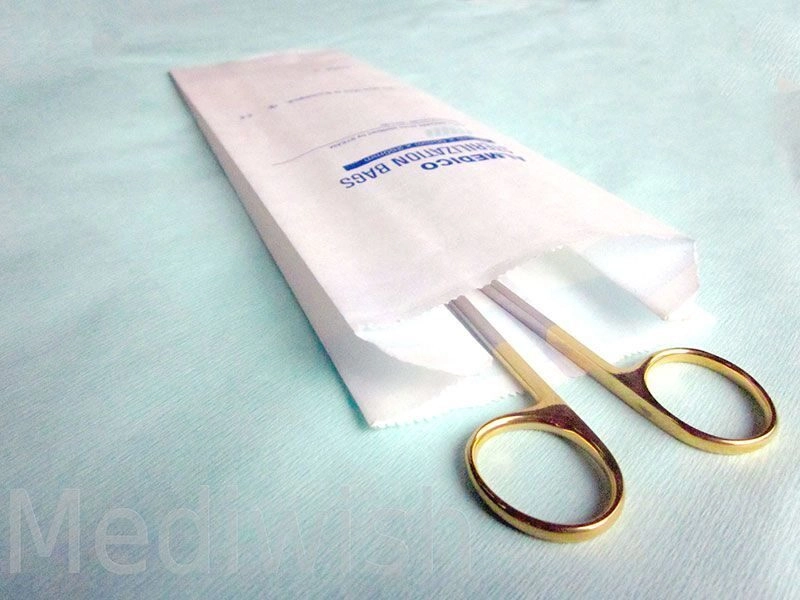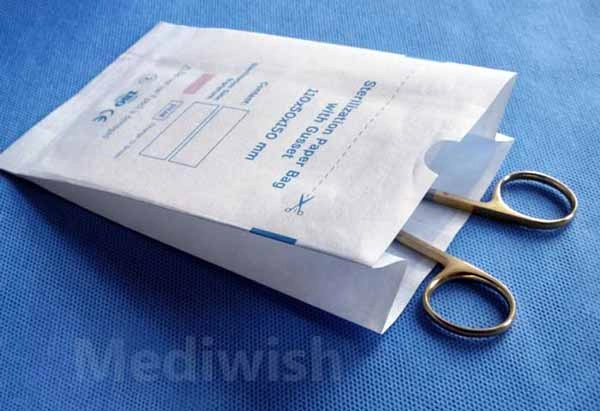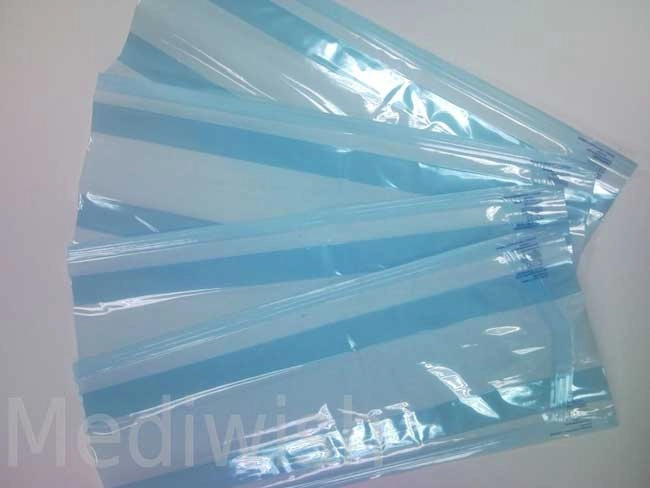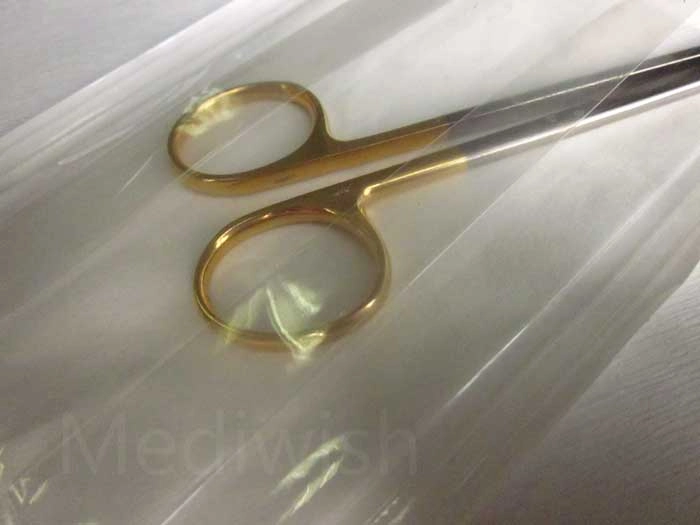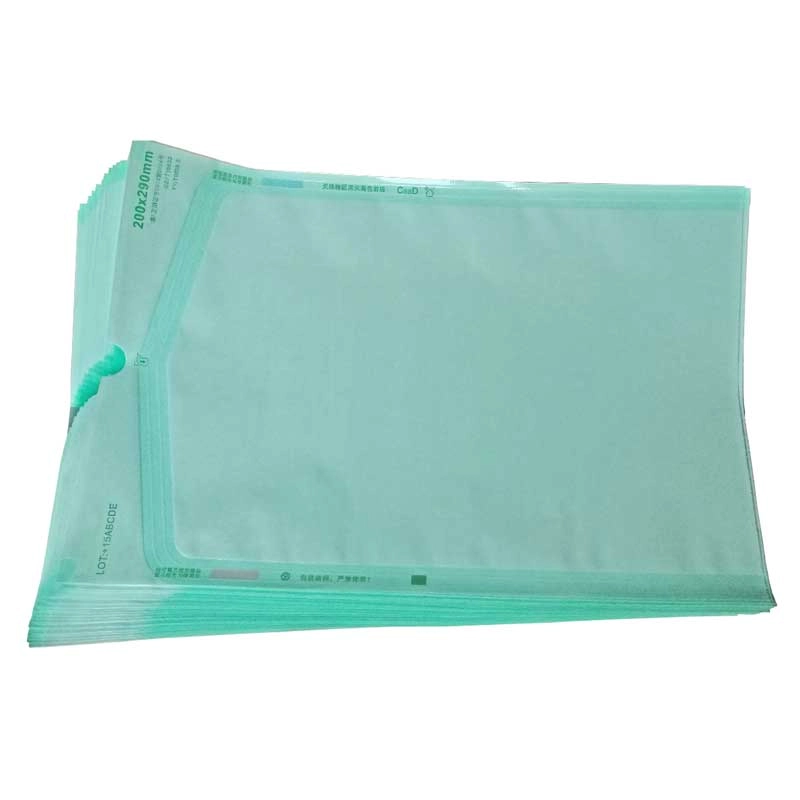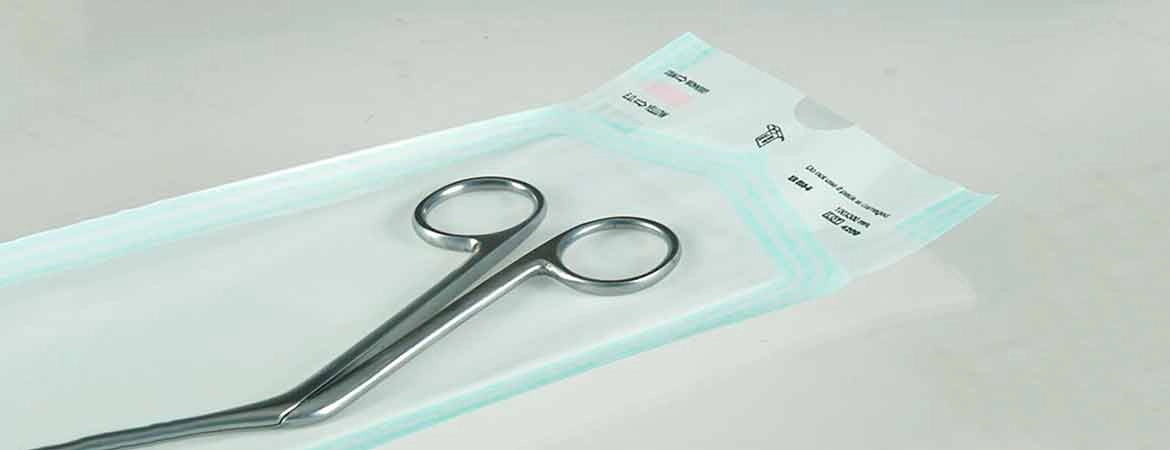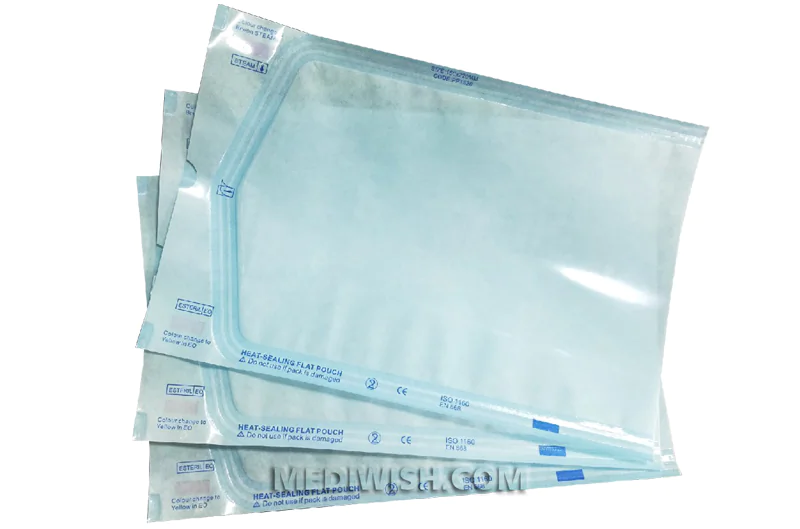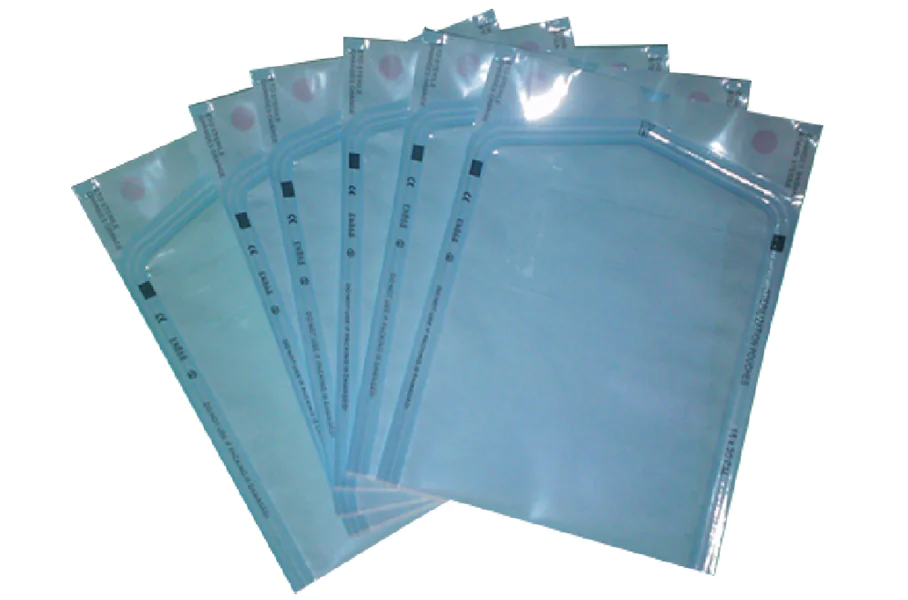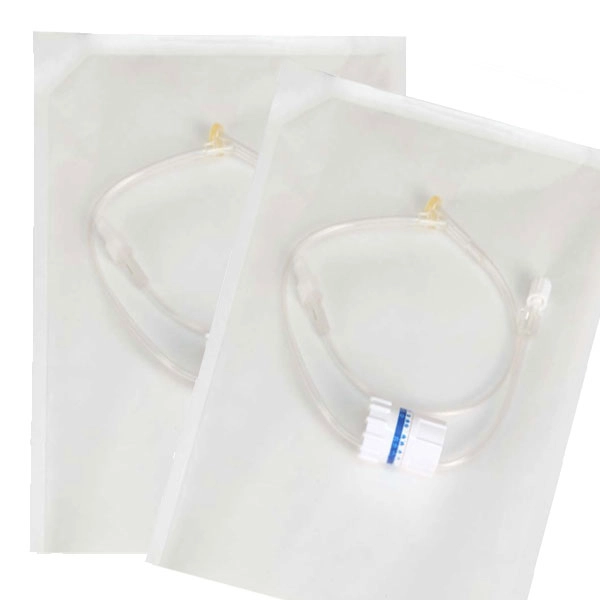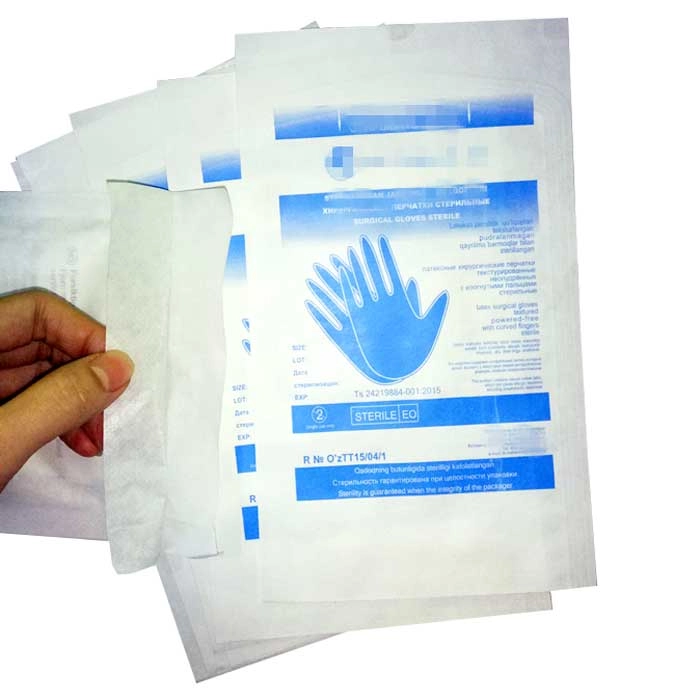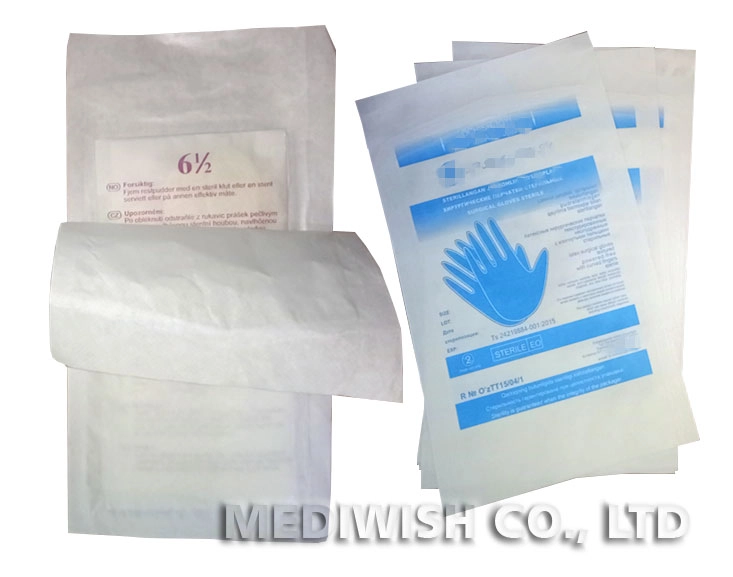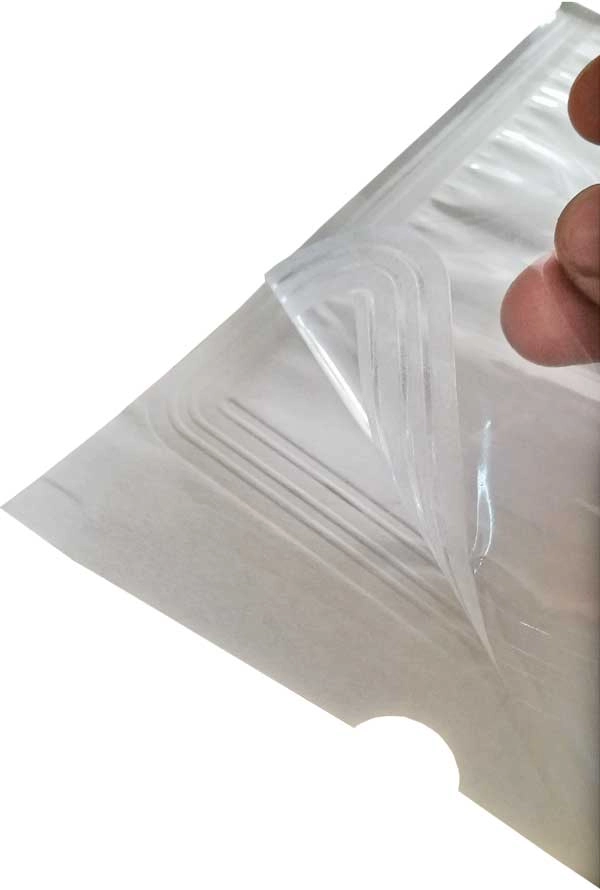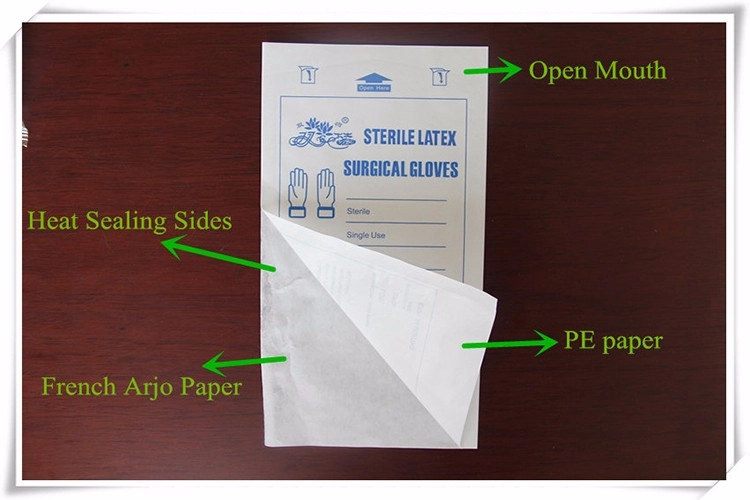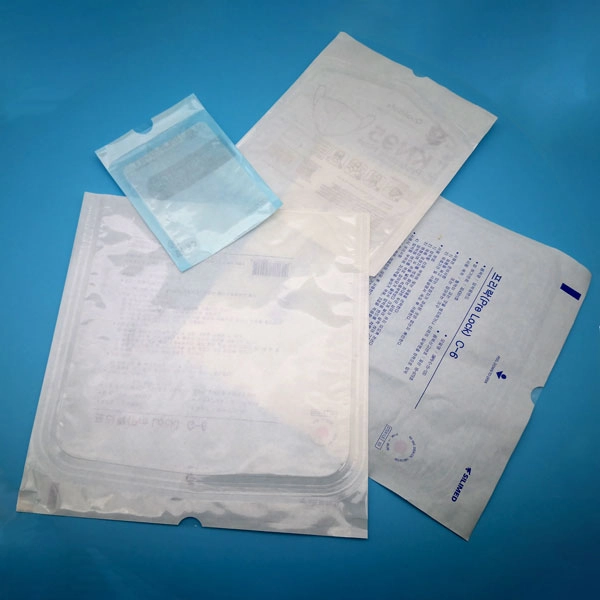Everything you need to know about sterilization pouches to maintain the sterility of medical equipment and supplies
Sterilization pouches are an essential tool for healthcare professionals to maintain the sterility of medical equipment and supplies. The pouches come in various sizes and are made of high-quality materials that are resistant to heat and pressure. They provide a secure barrier that prevents the spread of infections and diseases. Choosing the right sterilization pouch is vital to ensure the safety of patients and staff.
In this comprehensive guide, we will cover everything you need to know about sterilization pouches. From the types of pouches available in the market to the factors you should consider before purchasing, we have got you covered. We will also discuss the proper usage, storage, and disposal of sterilization pouches to ensure optimal sterilization results.
| Topics |
|---|
| 1. Types of Sterilization Pouches |
| 2. Factors to Consider |
| 3. Proper Usage and Handling |
| 4. Sterilization Methods |
| 5. Storage and Shelf Life |
| 6. Disposal of Sterilization Pouches |
| 7. Sterilization Pouches vs. Wraps |
| 8. Common Mistakes to Avoid |
| 9. Sterilization Pouches: FAQs |
| 10. Conclusion |
Types of Sterilization Pouches
Sterilization pouches come in different types and sizes to cater to the needs of healthcare professionals. The most commonly used types of sterilization pouches are:
Self-seal Sterilization Pouches:
These pouches have an adhesive strip that allows for easy and secure sealing. They are convenient to use and require no additional equipment.
Heat-seal Sterilization Pouches:
These pouches require a heat-sealing machine to seal the pouches. They are more secure than self-seal pouches and are ideal for large-scale sterilization processes.
Gusseted Sterilization Pouches:
These pouches have extra material on the sides, allowing for more space and accommodating larger items.
Sterilization Tubing:
Sterilization tubing comes in a roll and is ideal for sterilizing long items such as surgical instruments.
When choosing a sterilization pouch, consider the size and shape of the item to be sterilized, the sterilization method to be used, and the type of sterilization equipment available.
Factors to Consider
Several factors must be considered when choosing the right sterilization pouch. These include:
- Material: The pouch material must be of high quality, durable, and able to withstand high temperatures and pressure.
- Sterilization Method: The sterilization method used will affect the choice of pouch, as different methods require different materials and sizes.
- Packaging and Storage: Sterilization pouches must be stored properly to maintain their sterility.
- Cost: The cost of the pouches must be considered, but it should not be the sole factor in the decision-making process.
- Size and Shape: The size and shape of the item to be sterilized should be considered to ensure that the pouch can accommodate it.
Proper Usage and Handling
To ensure the optimal sterilization results, it is essential to use and handle sterilization pouches correctly. Here are some guidelines to follow:
- Before using the pouch, inspect it for any damage or defects. Discard any damaged pouches immediately.
- Clean and dry the item to be sterilized thoroughly before placing it inside the pouch.
- Place the item in the center of the pouch and fold the pouch's open end to ensure a secure seal.
- Label the pouch with the date of sterilization, the item's name, and any other relevant information.
- Follow the sterilization equipment's manufacturer's instructions and ensure that the pouches are placed correctly inside the sterilization chamber.
- After sterilization, store the pouches in a clean and dry area, away from direct sunlight and heat.
- Before using the sterilized item, inspect the pouch for any damage or defects. Discard any pouches that show signs of damage or have been compromised.
Sterilization Methods
Several sterilization methods are available, and the choice of method will affect the type of sterilization pouch required. The most commonly used methods are:
-
Steam Sterilization: This method uses high-pressure steam to sterilize items. It is the most common method used in healthcare facilities and requires a pouch that is resistant to heat and moisture.
-
Ethylene Oxide (ETO) Sterilization: This method uses a gas to sterilize items. ETO sterilization requires a pouch that is gas permeable and has an airtight seal.
-
Hydrogen Peroxide Sterilization: This method uses hydrogen peroxide gas plasma to sterilize items. It requires a pouch that is gas permeable and has an airtight seal.
-
Dry Heat Sterilization: This method uses high temperatures to sterilize items. It requires a pouch that is resistant to high temperatures.
Storage and Shelf Life
Sterilization pouches must be stored in a clean, dry, and well-ventilated area. The storage area should be free from direct sunlight and moisture. The shelf life of sterilization pouches varies depending on the manufacturer and the pouch's material. Always check the pouch's expiration date before using it. Discard any pouches that have passed their expiration date.
Disposal of Sterilization Pouches
Sterilization pouches should be disposed of according to local regulations and guidelines. In most cases, they can be discarded as regular waste. However, if the pouches have been used to sterilize hazardous materials, they must be disposed of accordingly.
Sterilization Pouches vs. Wraps
Sterilization pouches and wraps serve the same purpose of maintaining the sterility of medical equipment and supplies. However, there are some differences between the two. Sterilization pouches are more convenient to use and require less time and effort to seal. Wraps are more versatile and can accommodate a wider range of items. The choice between the two will depend on the healthcare facility's needs and the type of sterilization method used.
Common Mistakes to Avoid
Some common mistakes healthcare professionals make when using sterilization pouches include:- Using damaged pouches: Always inspect pouches for any damage or defects before using them.
- Overloading the pouch: Avoid overloading the pouch as it can compromise the sterility of the items inside.
- Using the wrong size pouch: Ensure that the pouch is the correct size for the item to be sterilized.
- Improper sealing: Always ensure that the pouch is sealed correctly to prevent contamination.
Frequently Asked Questions (FAQs)
Sterilization pouches should be replaced when they become damaged or expired. Always check the pouch's expiration date before using it.
No, sterilization pouches are designed for single-use only and should be disposed of after use.
No, sterilization pouches come in different sizes and materials, depending on the sterilization method used.
No, sterilization pouches are not suitable for sterilizing liquids. Use a sterilization container instead.
No, damaged sterilization pouches should be discarded immediately. Using a damaged pouch can compromise the sterility of the items inside.
The sterilization pouch should be the correct size for the item to be sterilized. Choose a pouch that is slightly larger than the item to ensure a secure seal.
Yes, sterilization pouches are suitable for sterilizing metal instruments. However, ensure that the pouch is resistant to heat and moisture.
No, sterilization pouches are not suitable for sterilizing surgical gowns. Use a sterilization wrap or container instead.
Yes, sterilization pouches are suitable for sterilizing items with sharp edges. However, ensure that the pouch is strong enough to withstand punctures.
The sterilization pouch should have a visible seal that is intact and secure. Check for any gaps or holes in the seal.
Conclusion
In conclusion, sterilization pouches are a vital component in maintaining the sterility of medical equipment and supplies. Choosing the right pouch for the sterilization method used is crucial to prevent contamination and ensure optimal sterilization results. Proper usage and handling, storage, and disposal of sterilization pouches are equally essential to maintain their effectiveness. By avoiding common mistakes and following the guidelines outlined in this article, healthcare professionals can ensure the safe and effective use of sterilization pouches.





